AWS targets cloud resilience and AI networking gains with new 'Fastnet' subsea cable
The Fastnet subsea cable looks to boost resilience for AI and cloud applications

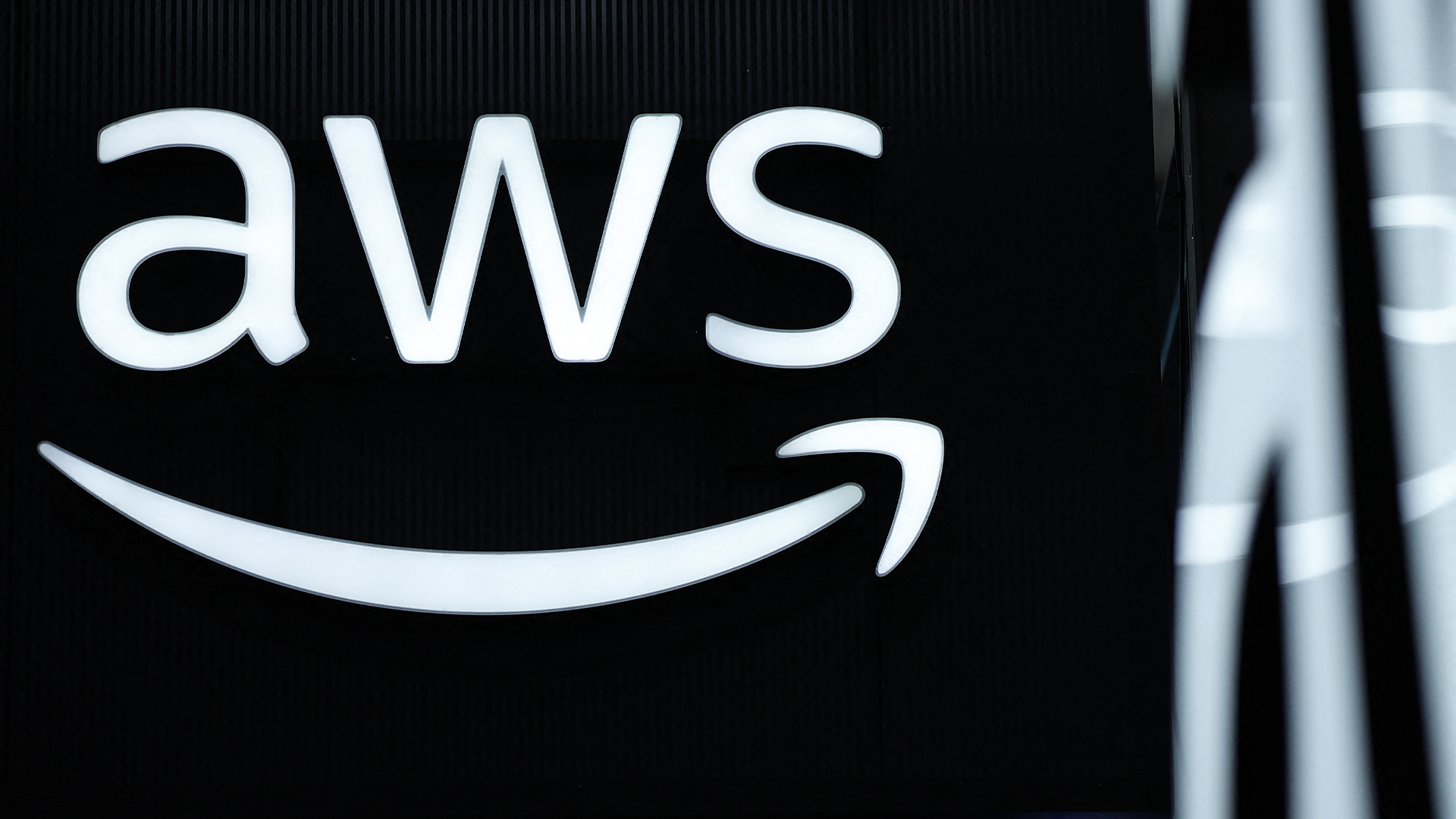
Amazon Web Services (AWS) is building a new transatlantic subsea cable system linking the US and Ireland known as Fastnet.
Fastnet is set for deployment in 2028 and will link Maryland and County Cork with a line offering more than 320 terabits per second. The cloud computing giant said equates to the entire digitized Library of Congress every three seconds, or 12.5 million HD films at the same time.
The aim of the Fastnet link is to boost capacity but also network resilience, with AWS insisting it will reduce service disruptions for its customers by offering an additional access point in case other cables have issues – a promise that comes weeks after a massive AWS outage caused by a DNS fault.
The cables are part of AWS' growing private network, which began in earnest back in 2016 and now makes up over nine million kilometers of cabling over land and under sea.
AWS noted that unlike the public internet, which requires networking devices to make a routing decision with limited network visibility, its own system uses real-time traffic monitoring for "complete visibility into every link within the global network”.
This, the tech giant said, will help optimize performance and avoid traffic congestion.
AWS eyes scalable networking
AWS said Fastnet makes use of advanced optical switching branching unit technology, a piece of kit that splits traffic via different routes, letting AWS choose the best path by remotely reconfiguring the system.
Sign up today and you will receive a free copy of our Future Focus 2025 report - the leading guidance on AI, cybersecurity and other IT challenges as per 700+ senior executives
"This state-of-the-art unit is strategically positioned on the cable route, enabling seamless redirection of data to future landing points as network demands evolve," AWS said.
"This scalable architecture is specifically designed to handle growing AI traffic loads, allowing customers to rapidly expand their data demands while the system adapts to accommodate future growth."
Beyond that, AWS said it has armored the cable with extra layers of steel wires in areas closer to shore to protect against "natural and human activity". That comes a year after two Baltic subsea cables were severed in what appeared to be sabotage.

Notably, the landing point locations in Ireland and Maryland were carefully chosen to offer a route away from traditional cable corridors.
That offers a backup route if other cables have issues, but also lets AWS create a network designed to support growing demands from cloud computing, AI, and edge applications.
Taoiseach Micheál Martin welcomed the announcement, adding that the investment will help “reinforce the resilience of critical digital infrastructure” across the Republic of Ireland.
"By linking County Cork to Maryland in the United States, Ireland will become a true gateway to Europe for submarine telecommunications cables," Martin said.
Wes Moore, Governor of Maryland, added: "Building Maryland’s first-ever subsea fiber cable is an achievement bigger than broadband connectivity — it’s about securing Maryland’s status as a global hub for innovation, job creation, and high-tech investment."
"To grow our economy, we need to prioritize industries of the future," Moore added. "That is exactly what this project helps us deliver, in partnership with leaders with deep local ties and robust commitment to community engagement."
Make sure to follow ITPro on Google News to keep tabs on all our latest news, analysis, and reviews.
MORE FROM ITPRO
- INSERT CONTENT
Freelance journalist Nicole Kobie first started writing for ITPro in 2007, with bylines in New Scientist, Wired, PC Pro and many more.
Nicole the author of a book about the history of technology, The Long History of the Future.
-
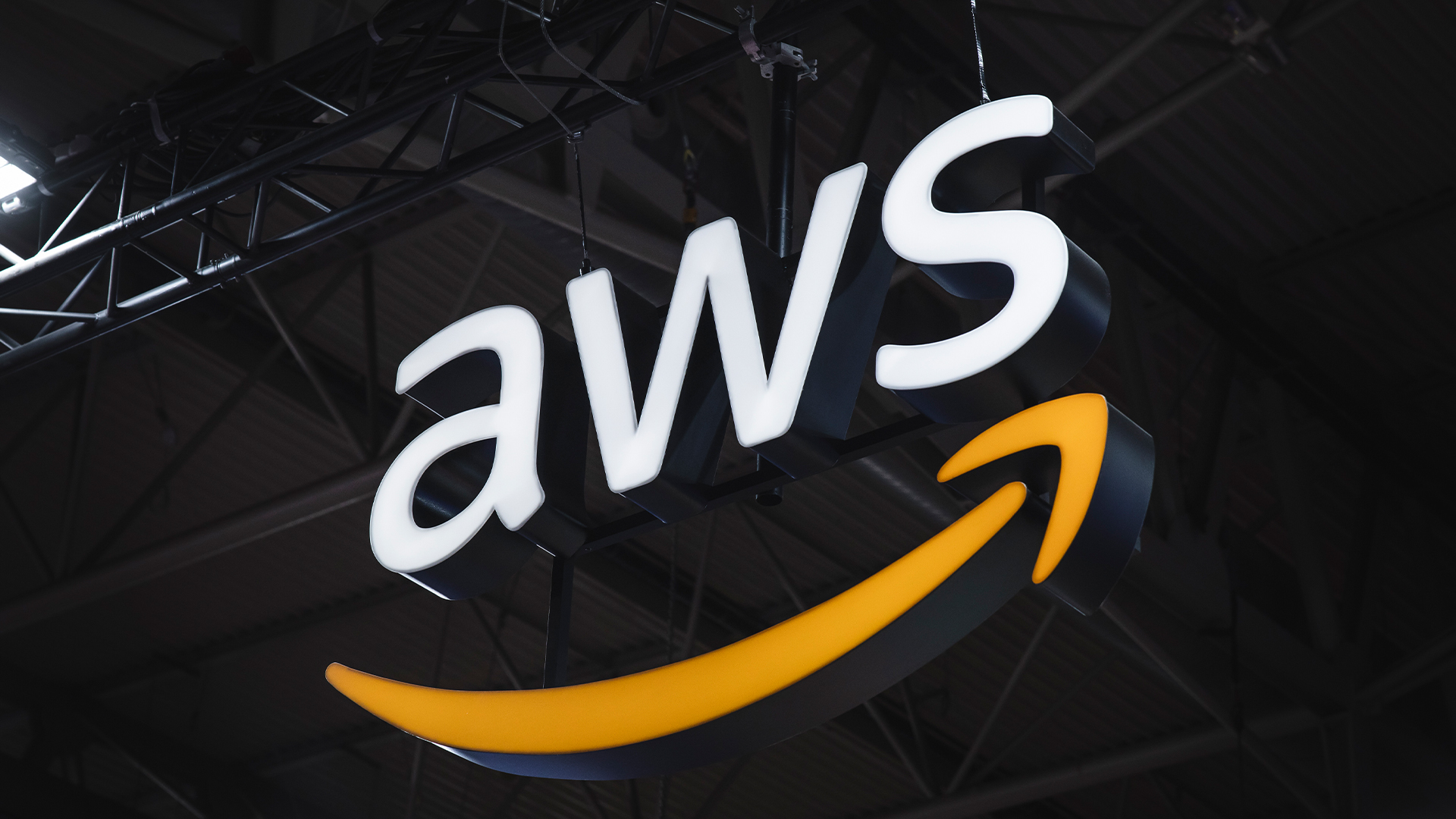 AWS' new DNS 'business continuity' feature targets 60 minute recovery time after October cloud outage
AWS' new DNS 'business continuity' feature targets 60 minute recovery time after October cloud outageNews The US-EAST-1 Region is getting extra tools and features to help customers during an outage
-
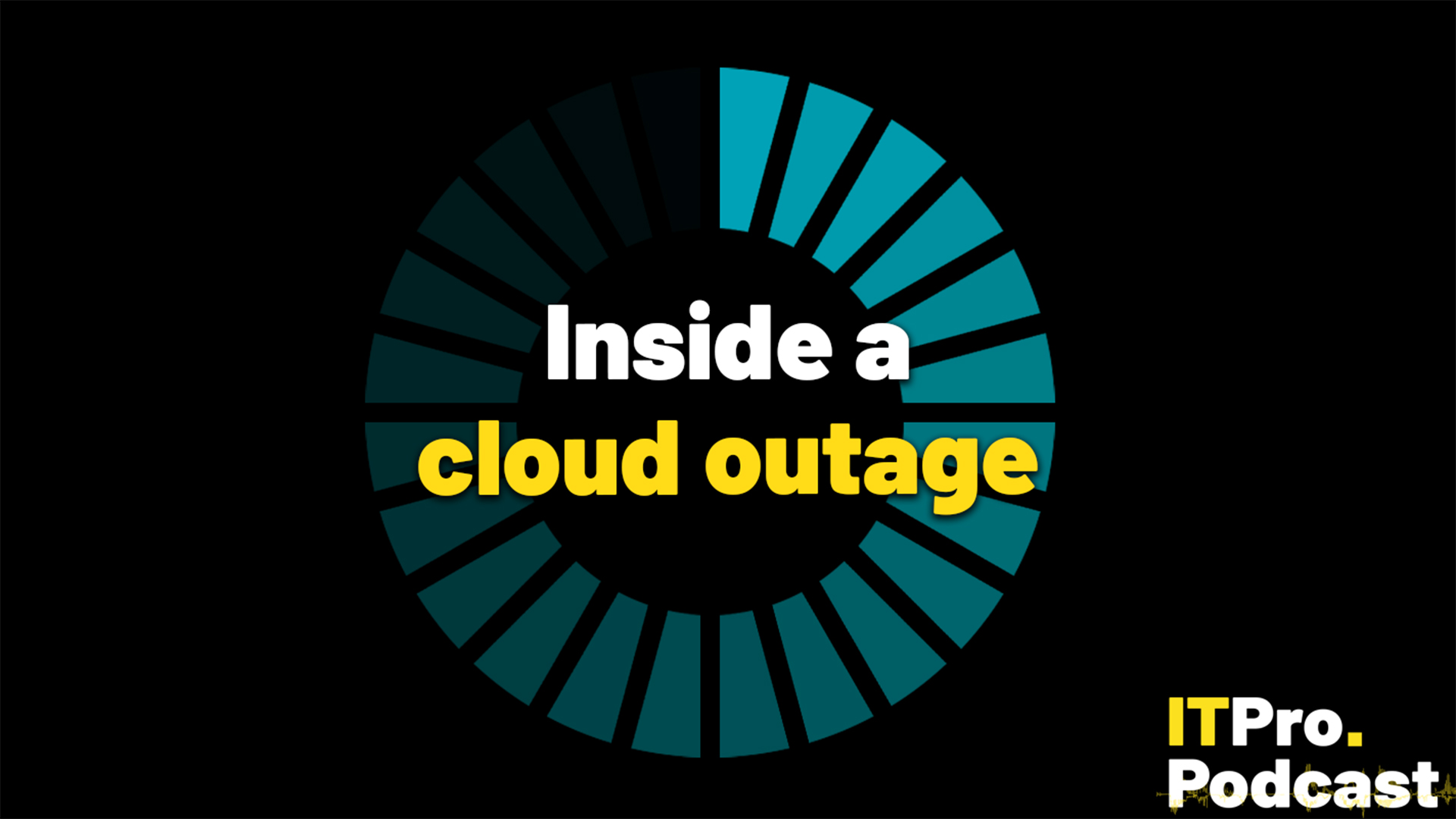 Inside a cloud outage
Inside a cloud outageITPro Podcast Businesses must adopt proactive planning for cloud outages – but what does that look like?
-
 October rundown: AWS chaos and supercomputers surging
October rundown: AWS chaos and supercomputers surgingITPro Podcast As the dust settled on the AWS outage, the US Department of Energy announced a slew of new supercomputers for national security
-
 The Microsoft Azure outage explained: What happened, who was impacted, and what can we learn from it?
The Microsoft Azure outage explained: What happened, who was impacted, and what can we learn from it?News Microsoft has confirmed its Azure services are back online after a major outage impacted services across multiple regions – here's everything you need to know.
-
 Google just confirmed the location of its first small modular reactor
Google just confirmed the location of its first small modular reactorNews Developed by Kairos, Google's first small modular reactor will be located in Tennessee, with operations beginning in 2030.
-
 First Microsoft, now AWS: Why tech giants are hitting the brakes on costly data center plans
First Microsoft, now AWS: Why tech giants are hitting the brakes on costly data center plansNews Amazon Web Services (AWS) has paused plans for some data center leases, according to analysts, sparking further concerns about the cost of AI infrastructure spending plans.
-
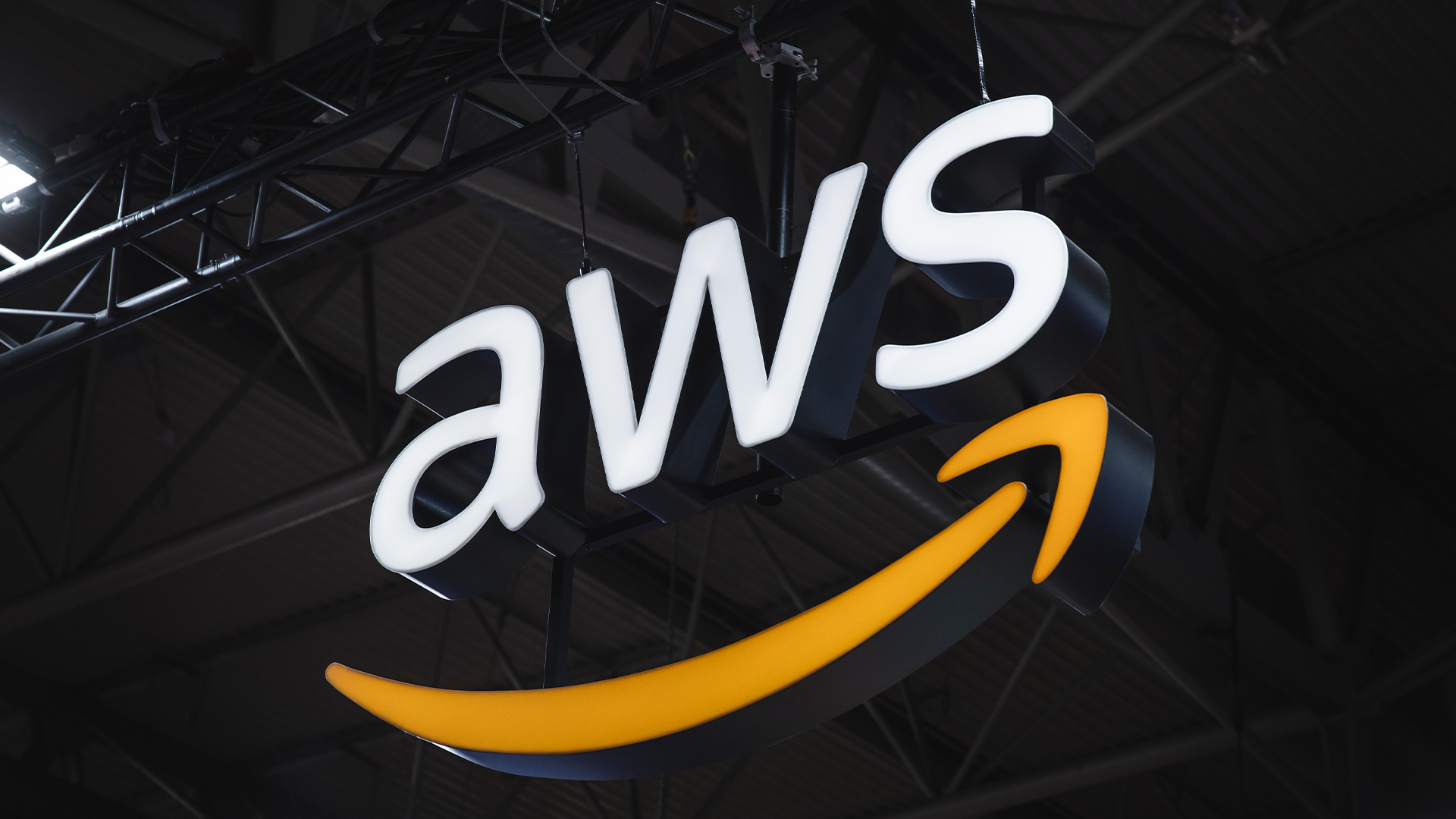 AWS eyes ‘flexible’ data center expansion with $11bn Georgia investment
AWS eyes ‘flexible’ data center expansion with $11bn Georgia investmentNews The hyperscaler says the infrastructure will power cloud computing and AI growth
-
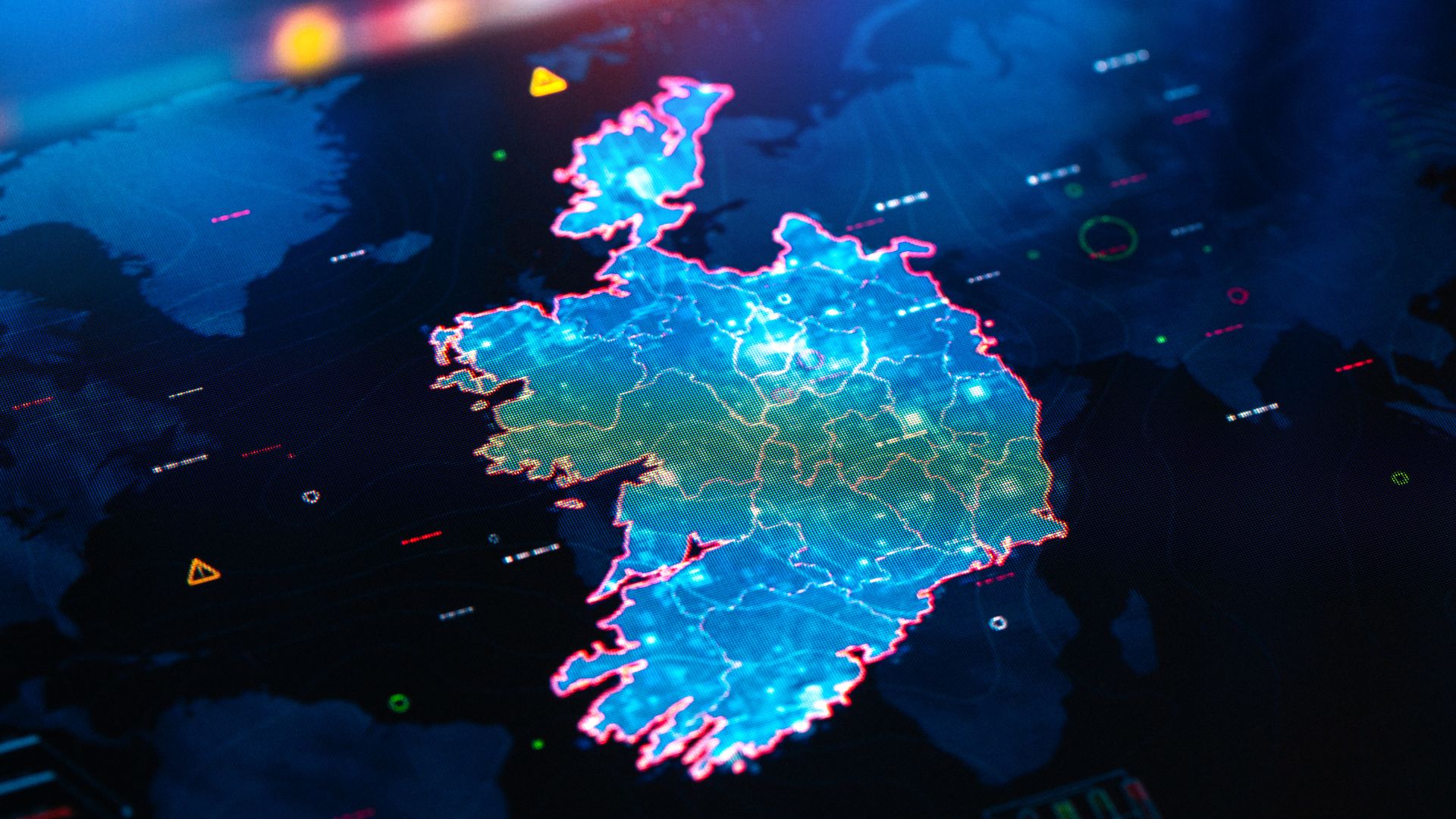 Ireland has become a “data dumping ground” for big tech
Ireland has become a “data dumping ground” for big techThe sharp increase in data center projects may be threatening Ireland's net-zero aspirations


